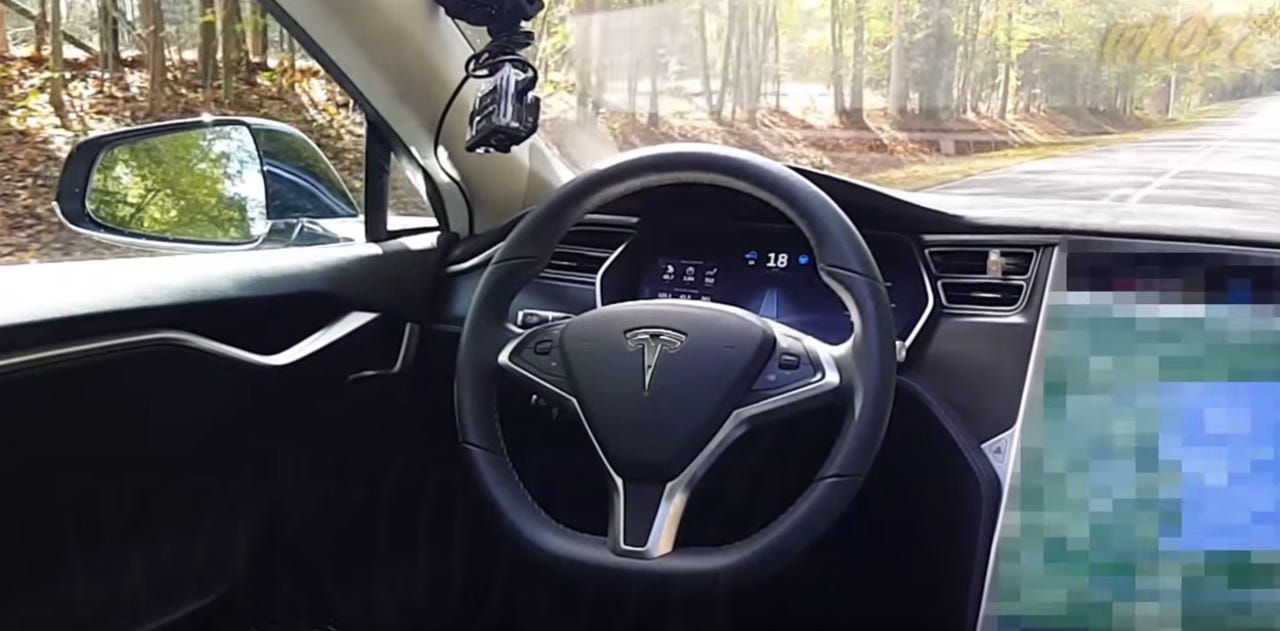Tesla slams the brake on Autopilot in urban areas

Tesla is updating the Autopilot system present in Model S sedans to prevent hands-free use in urban areas after a series of recorded near-misses and dangerous driving forced CEO Elon Musk to revisit the issue.
On Sunday, the automaker's chief executive revealed the update in a third quarter earnings call. Musk said the upgrade was taking place as a response to videos posted on media streaming site YouTube showing a series of near-misses caused through the use of Autopilot.
To prevent injuries from occurring due to the technology, functionality may have to be restricted to stop drivers doing "crazy things," according to Musk.
As an example, in the video below which was posted to YouTube, a driver uses Autopilot to control their vehicle from the backseat while traveling down a highway.
Tesla's Autopilot launched in October. The technology, which is aimed at assisting drivers with dangerous aspects of their journey rather than taking over entirely, is still in a test phase and Tesla has not encouraged hands-free driving -- although this feature is embedded within public vehicles.
Some have criticized the hands-free technology for being released into public hands too early, and the video above does show that there will always be those who test the boundaries -- and may ruin things for everyone else.
Featured
However, it is possible that by tackling the issue early and restricting some features now, Tesla has avoided future lawsuits, accidents and the scrutiny of regulators.
In an interview last year, Musk said Autopilot is used to make driving "easier and more comfortable," and the technology facilitates cars by steering them to stay in their lane, brake, maintain a distance from other cars and avoid obstacles. However, if the system fails and collisions happen, Musk said the driver is liable -- as at least, for now, the system should always be controlled by those behind the wheel.
As reported by Reuters, an update delivered via the Internet on Sunday ensures when vehicles sense roads without a center divider, a restriction will now turns off hands-free Autopilot use.
The car will also not be able to drive faster than the speed limit in addition to five additional miles per hour (8 km).
While there are no reported accidents allegedly caused by the technology, the update also includes instructions for vehicles to reduce their speed when coming close to curves on highways.
However, the update is not all doom and gloom -- a new feature called "Summon" has also been included. The update allows owners to fetch or automatically park their car from up to 39 feet.
At CES 2016, CA-based automaker Faraday Future revealed an electric vehicle which could indicate the company will become a Tesla rival in the future. The FFZERO1 EV is a 1000-horsepower concept car complete with infotainment systems, modular components, an internal string of batteries to cut down on range anxiety and a luxury finish. Faraday Future is likely an important player to watch in the future, especially as many of the staff originated from Tesla.
